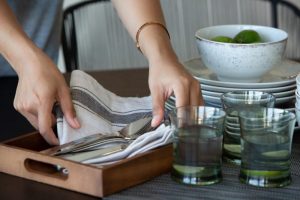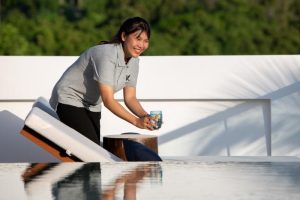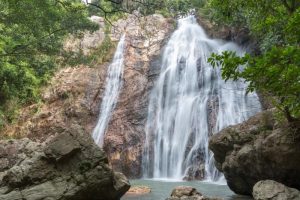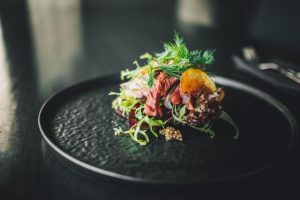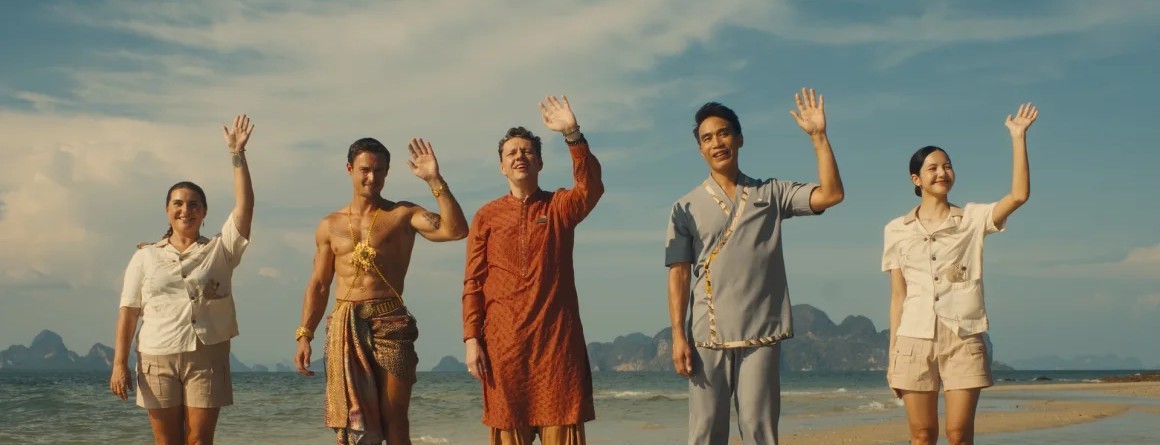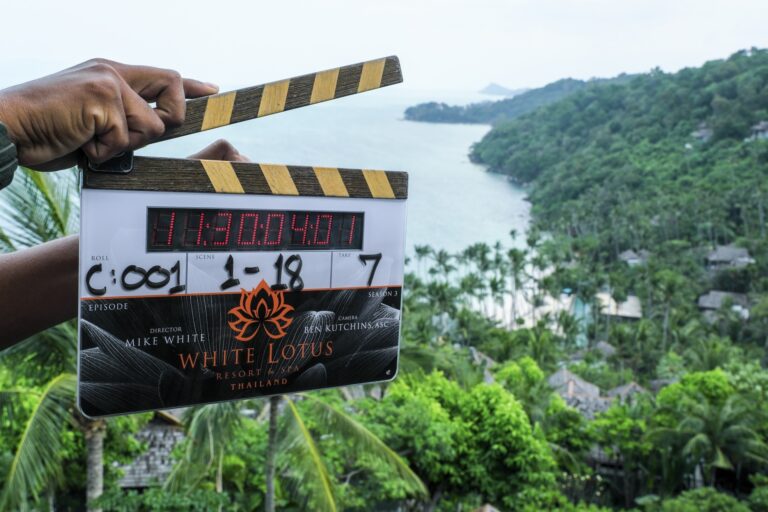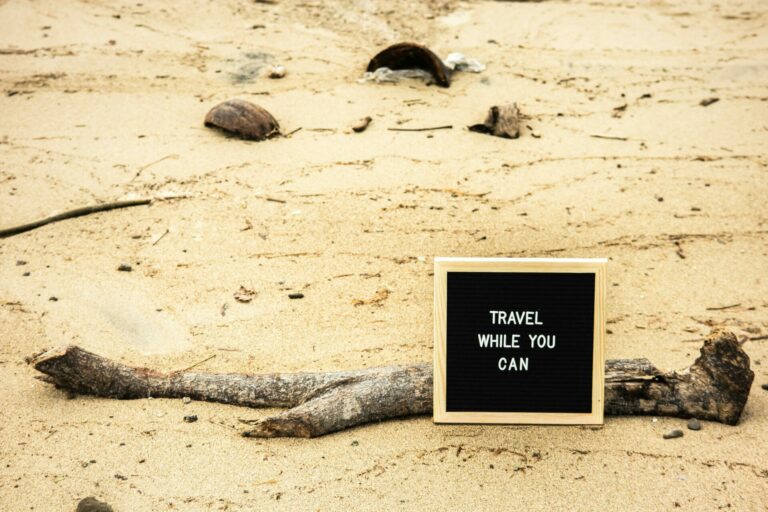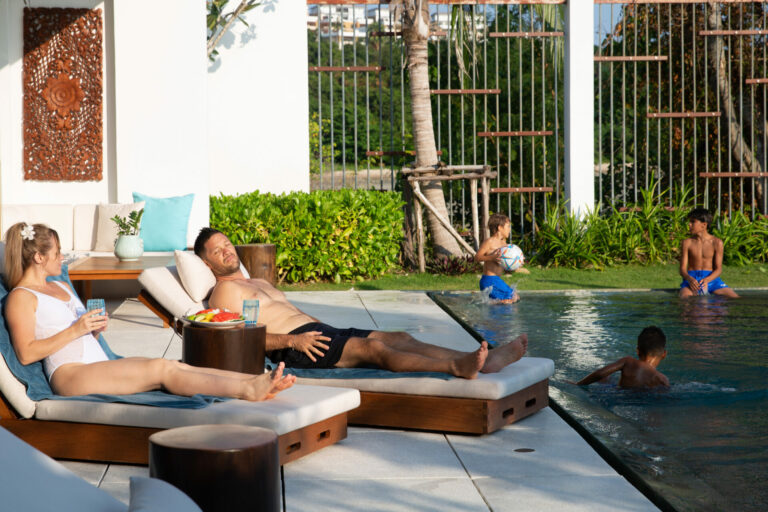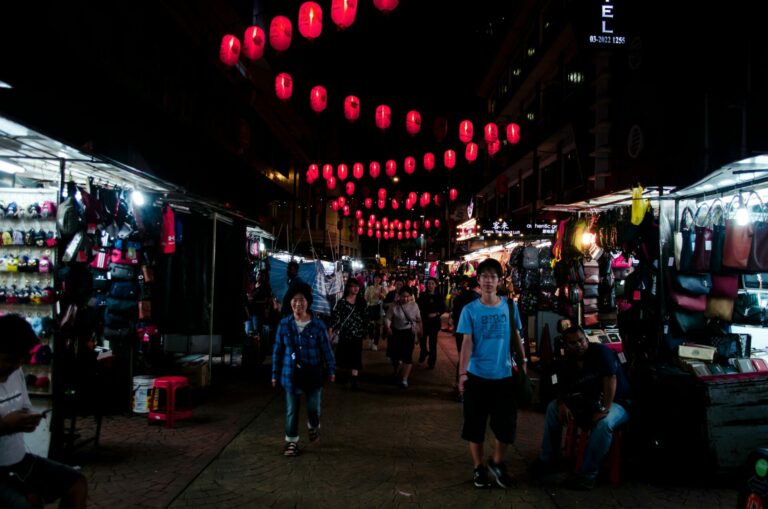As an expat living in Thailand and someone deeply familiar with Koh Samui, I was excited to see my beloved island take center stage in HBO’s White Lotus Season 3. The show’s reputation for skewering the world’s wealthy elite through its dark comedy, alternately lovable and detestable characters, and gripping murder mystery had me intrigued. However, while the series delivered its signature themes of wealth, sex, and power, its portrayal of Koh Samui was a bit off, and at times outright misleading.
Here are my thoughts: the good, the bad, and the slightly offended. Don’t worry, no spoilers!
Luxurious Koh Samui Hotel Whodunnit
The third installment of White Lotus remains true to its established format: a luxurious resort in a swanky paradise, wealthy guests harboring secrets, and the ominous knowledge that someone will die.
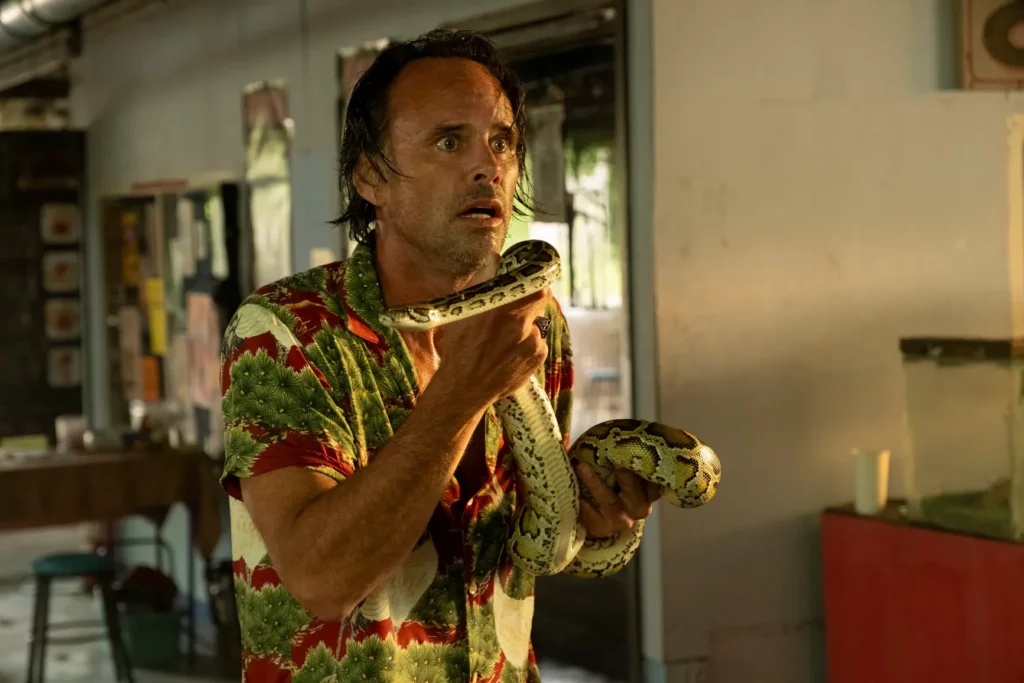
The Tone: Dark, Ominous, Unnerving
The show’s dark, foreboding ambiance is heightened by its signature montages of stunning cinematography and unnerving, if sometimes a little oddly sexual, soundtrack. Monitor lizards, mischievous monkeys, and unsettling references to natural disasters further enhance the sense of dread. Throughout, the skies are grey with fast moving clouds, the palms are rustling with looming threats.
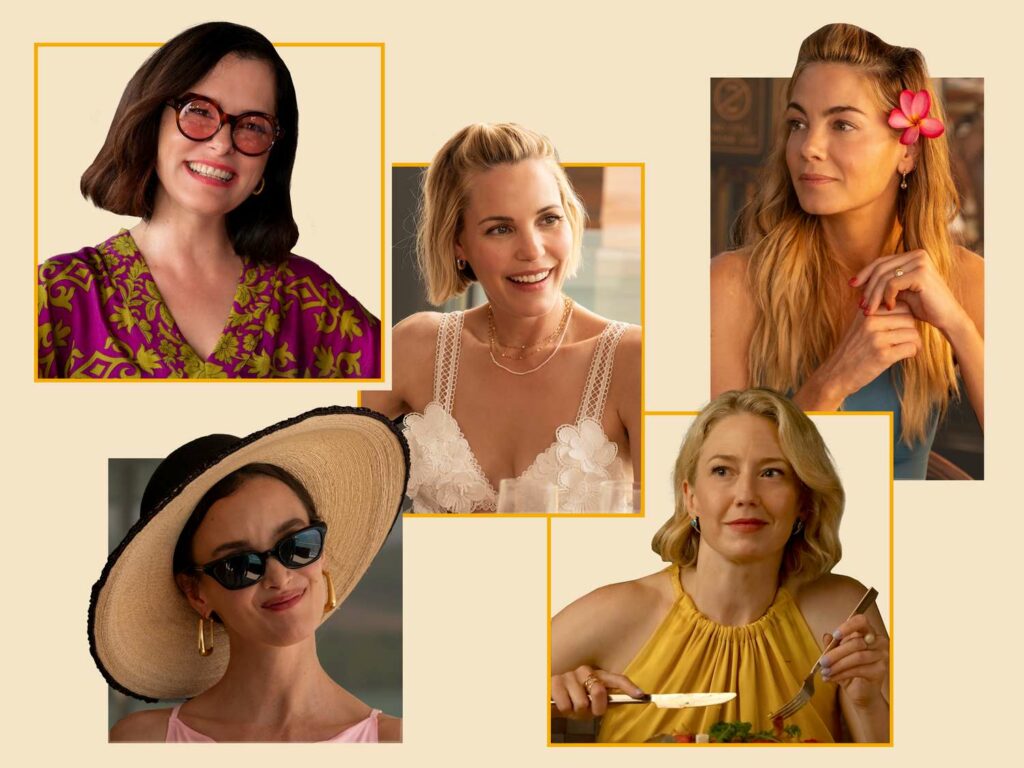
The Characters: Lovable, Hateable, Hilarious
The hotel’s “digital detox” policy forces guests to disconnect from their phones, amplifying their anxieties. This restriction serves as one of many thematic devices to explore the shallow, self-destructive tendencies of the ultra-rich.
Among the lead characters are an always-agitated North Carolina father ensnared by a sketchy investment gone wrong, a trio of American life-long girlfriends who alternately praise and gossip about each other’s skin, botox, and marital troubles, and an absolutely cantankerous Walton Goggins constantly trading barbs with his much-younger girlfriend.
The great writing means every character is multi-dimensional. The hotel’s wealthy guests are at times adorable and sympathetic, at others obnoxious, even hateable. They feel at times like ridiculous caricatures and at others disarmingly human. Led by characters like Parker Posey’s Victoria Ratliff whose comic timing as a Lorazepam popping Carolina housewife is impeccable, the humor is constant and pitch perfect.
The Unfortunate: Misrepresentation of Koh Samui
Throughout Season 3, Koh Samui is presented as a place of looming danger. Monkeys eerily watch from the trees, monitor lizards slither across the paths, and characters nervously joke about tsunamis, venomous snakes, and poisonous fruits. In one bizarre scene, the resort’s gift shop is held up at gunpoint (an extraordinarily rare occurrence here), yet the incident is quickly brushed aside. Grey skies dominate the visuals, and the beautiful beaches the island is known for are often conspicuously absent.
While this all fits the plot, it unfortunately feels like a misrepresentation of Koh Samui.
Adding to the disconnect, the resort’s staff lacks authenticity. The manager is French, the wellness coach is Indian, and the local Thai presence is nearly non-existent. Even the iconic four-headed Buddha is mistakenly referred to as “Bahma” (the Hindu god Brahma) instead of by its proper Thai name, Phra Phrom.
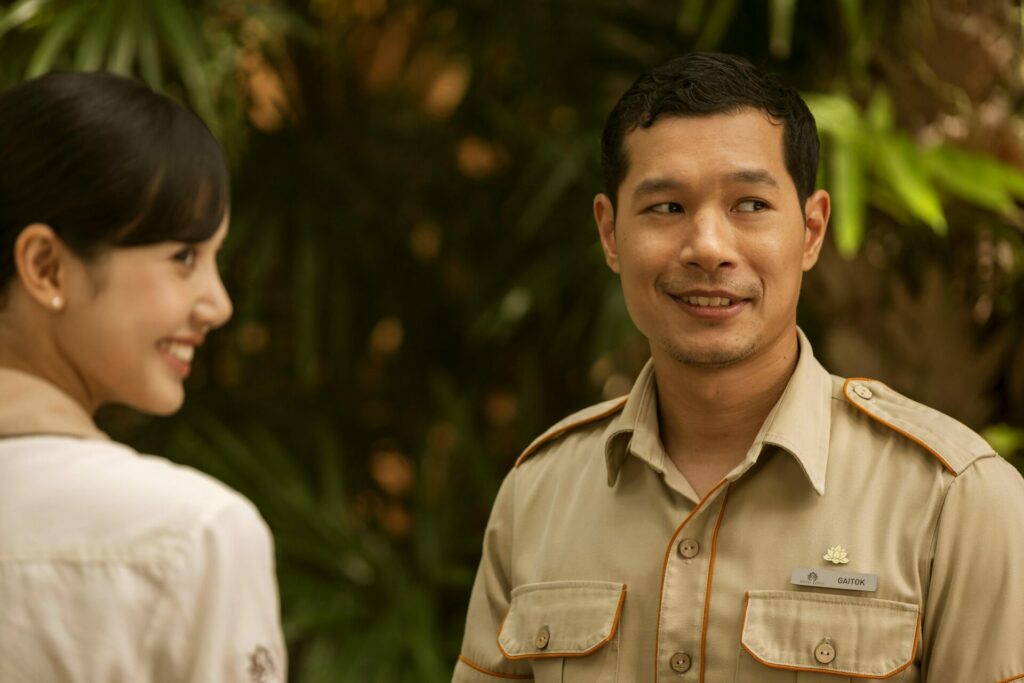
The only genuine glimpse of Thailand is seen through the sweet romance of Mook and Gaitok, the two sole Thai characters whose youthful innocence offers a fleeting sense of authenticity. Their sincerity and warmth are the only moments that reflect the real spirit of Koh Samui and Thailand.
The environment of Koh Samui is not a threat but a marvel. The skies are profoundly blue, the seas are calm and ideal for swimming, the monkeys are gentle and playful, and even the monitor lizards are harmless. The wildlife adds charm, not fear. And the idea of a tsunami looming over the island? Simply impossible. Koh Samui is situated in the Gulf of Thailand, shielded from the kind of seismic activity that affects the Andaman Sea on the opposite coast.
What the Show Missed
Thai Cuisine
One of the undeniable highlights of visiting Koh Samui is indulging in its exceptional cuisine. From bustling night markets to elegant beachfront restaurants, the island offers a diverse culinary scene. Traditional dishes like pad kra pao, green curry, and som tam are packed with authentic flavors and made with the freshest local ingredients.
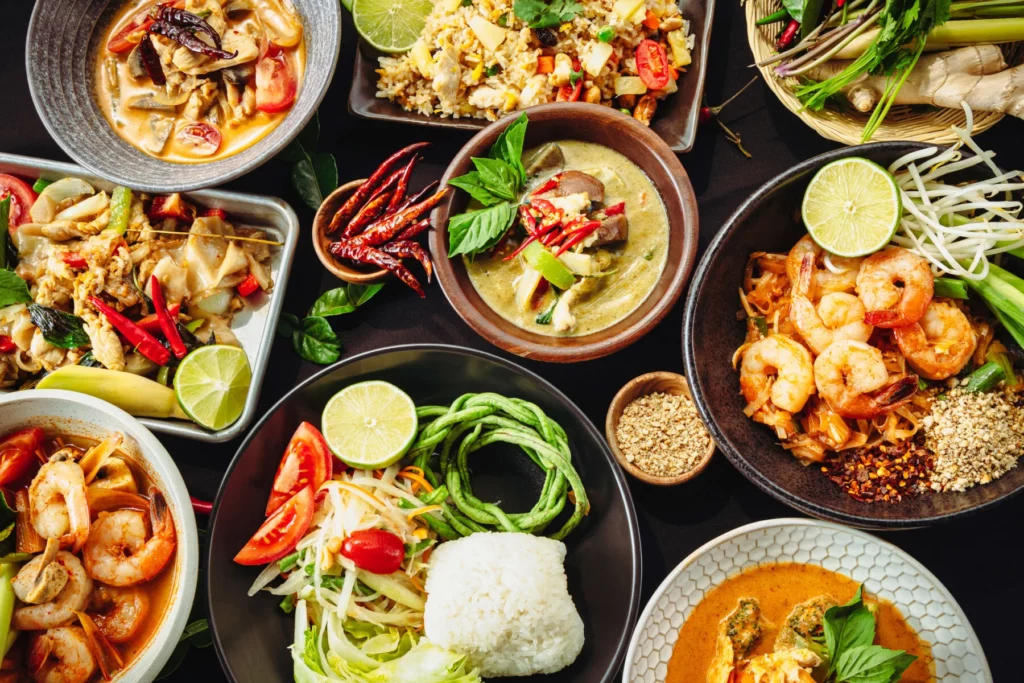
In contrast, White Lotus leans into the concept of wellness dining, often portraying characters navigating restrictive, curated menus. While this exaggeration serves the show’s satire on luxury tourism, it misses the joy of Koh Samui’s accessible and vibrant food culture. Because of the local ingredients, plentiful fruits and vegetables, and fresh seafood, visitors can indulge without sacrificing health, making the island a paradise for food lovers.
Thai Massage and Wellness
White Lotus uses its wellness retreat setting to comedic effect, with absurd rituals and invasive therapies designed to highlight the indulgences of the wealthy. However, authentic Thai wellness experiences are far more serene.
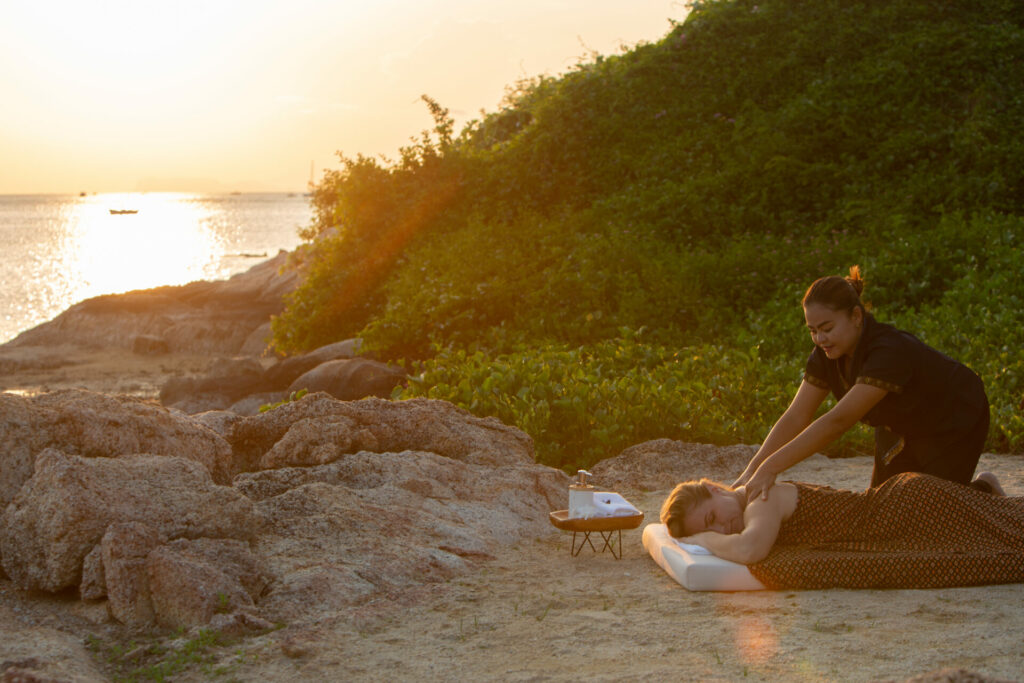
Koh Samui is renowned for its traditional Thai massages, herbal treatments, and holistic therapies, often performed in tranquil beachfront spas or secluded garden settings. Guests can unwind with rejuvenating body scrubs, aromatherapy, or yoga sessions overlooking the ocean.
Unlike the exaggerated, uneasy experiences depicted in the show, real-life Thai wellness promotes relaxation and genuine well-being.
Beaches and Natural Beauty
Perhaps the most glaring omission from the series is Koh Samui’s spectacular beaches. While White Lotus occasionally captures the beauty of the island, it often presents Koh Samui with a moody and ominous tone.
In reality, the Koh Samui island’s pristine beaches are its crowning glory. With powdery white sands, emerald waters, and swaying palm trees, Samui offers a quintessential tropical paradise. Popular beaches like Chaweng and Lamai provide lively atmospheres, while quieter spots like Silver Beach and Mae Nam offer tranquility. Visitors can enjoy snorkeling, paddleboarding, or simply basking in the sun.
The show’s focus on tension and impending doom overshadows the island’s true allure — a serene escape defined by natural beauty.
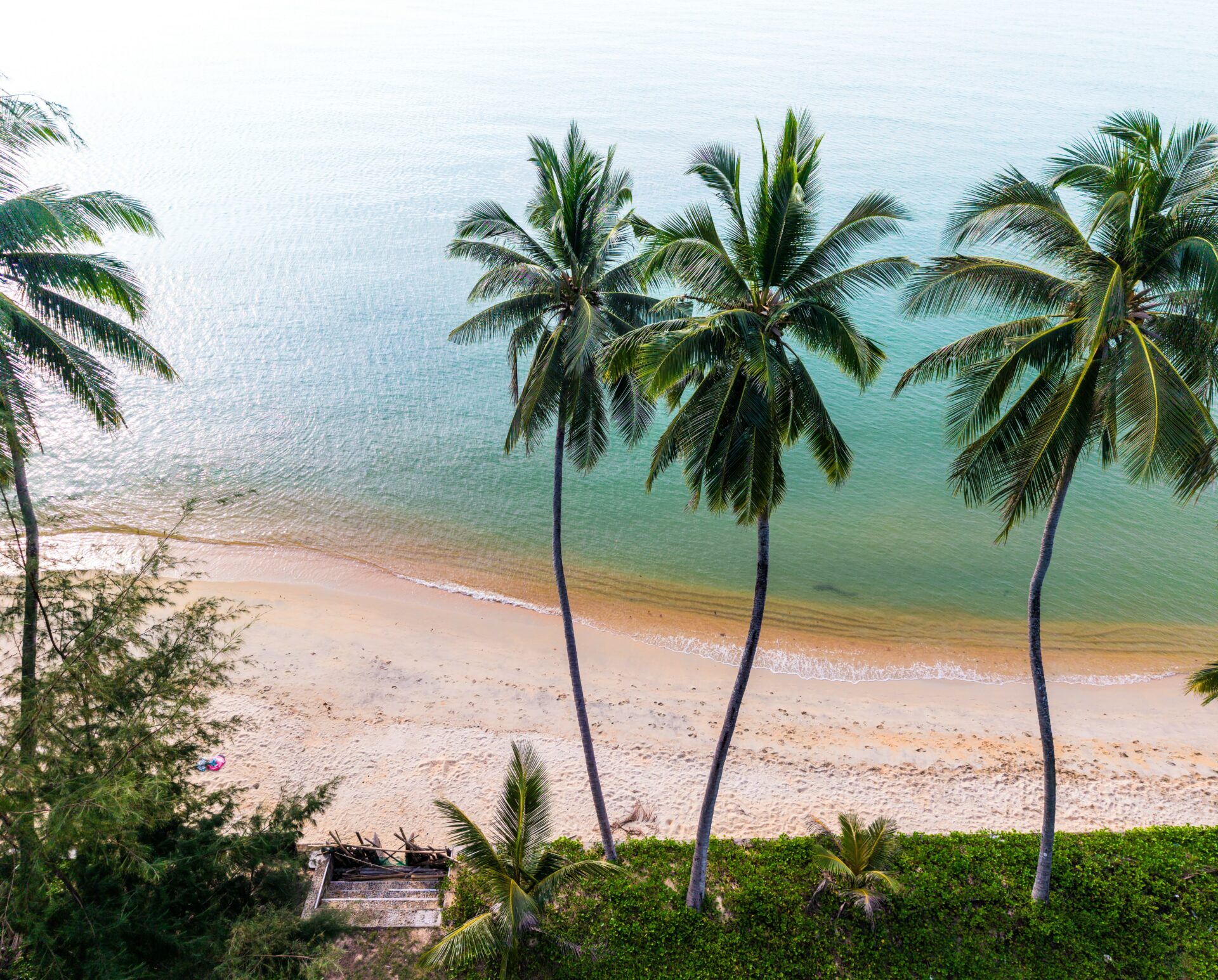
Thai Culture and Spirituality
Thailand’s cultural essence is beautifully reflected in its Theravada Buddhism, which emphasizes compassion, calmness, and merit. While White Lotus makes a few nods to this, incorporating symbolic references and temple visits, it leans heavily into a darker, more mystical interpretation. These moments are often portrayed through a lens of exoticism rather than genuine appreciation.
In reality, Koh Samui’s cultural heritage is deeply woven into daily life. Elephant sanctuaries, local temples, and traditional ceremonies offer authentic insights into the heart of Thai culture. The island is home to iconic landmarks like the Big Buddha and Wat Plai Laem, where visitors can observe traditional ceremonies and experience the island’s spiritual warmth. Local festivals, including Songkran and Loy Krathong, offer authentic cultural immersion. Thai hospitality, rooted in kindness and respect, is ever-present, providing guests with a heartfelt and memorable experience.
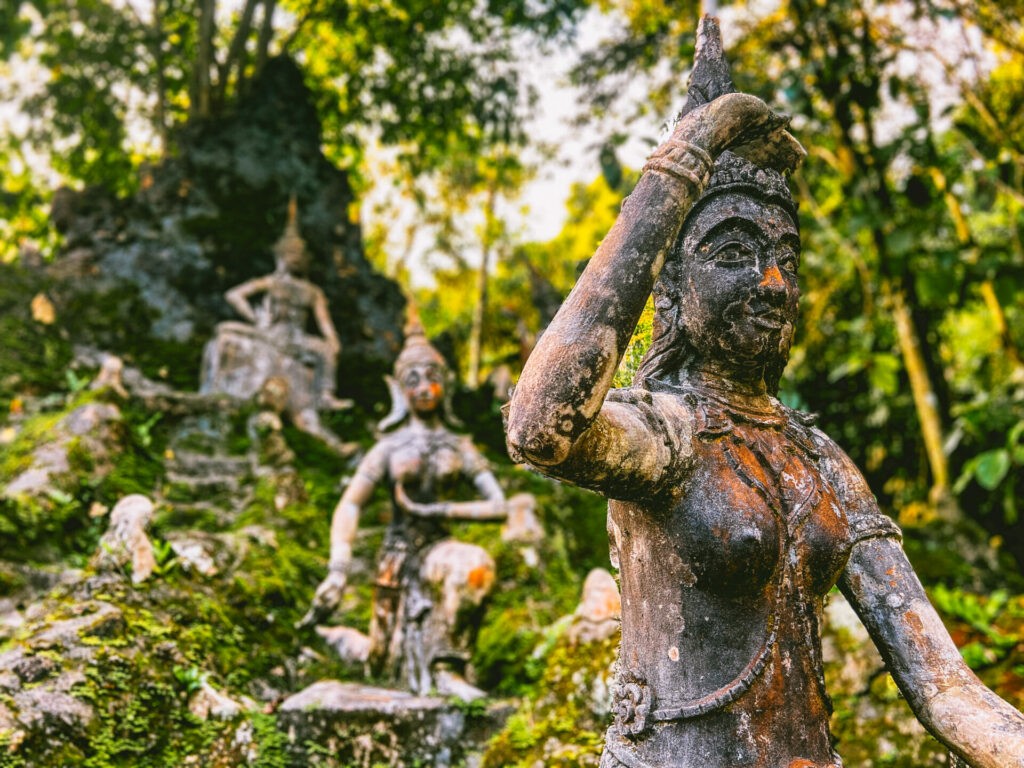
The Real Koh Samui White Lotus Hotel?
For an experience that truly captures the island’s luxury without the eerie drama, in my books, Kerem Villas is the real Koh Samui White Lotus hotel. Nestled within a private, gated community, these beachfront villas provide a perfect blend of privacy, comfort, and elegance with an authentic Thai touch.
At Kerem Villas, guests are welcomed by a team of local Thai staff, ready to ensure every need is met. Unlike the fictional resort’s rigid schedules, visitors here enjoy the freedom to explore the island at their own pace. Whether it’s taking a personalized island tour, exploring the markets, visiting an elephant sanctuary, indulging in a traditional Thai massage, or savoring a made-to-order breakfast by the private pool, Kerem guests are on their own schedule.
With spacious living areas, panoramic floor-to-ceiling windows overlooking the Gulf of Thailand, and thoughtfully designed interiors (by the same architect as Samujana, featured in the White Lotus), each villa is a sanctuary of relaxation. Premium amenities such as Egyptian cotton sheets, luxury down mattress toppers, and infinity pools ensure a stay that is as indulgent as it is comfortable.
As a bonus, they’ll never take your phone away 🙂
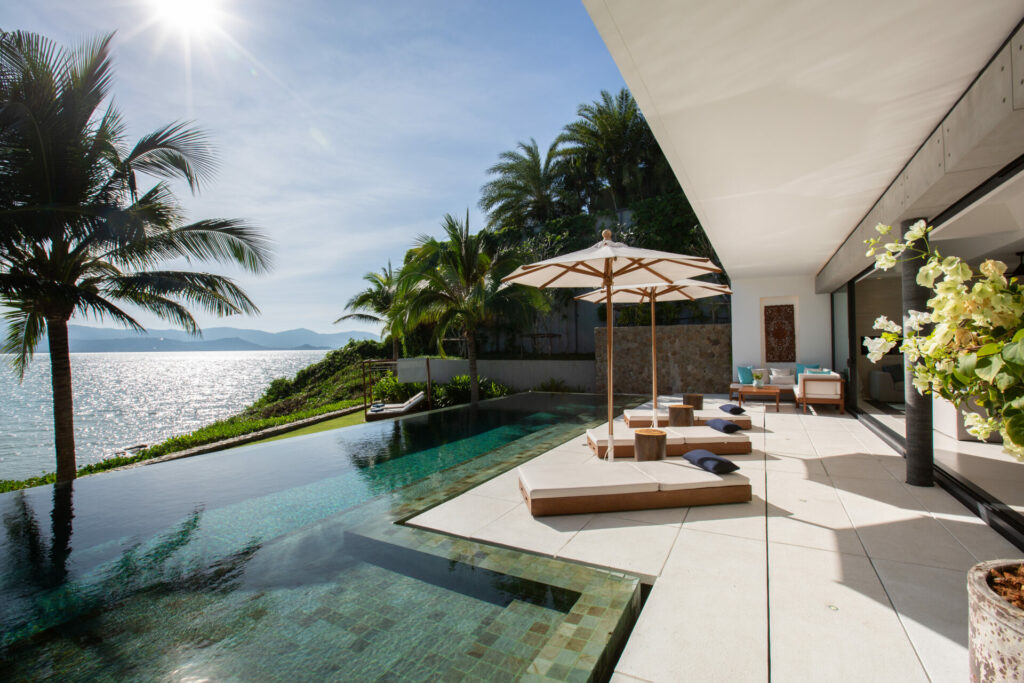
The Takeaway: Great Show, Greater Island
While White Lotus Season 3 offers viewers a captivating narrative with its signature blend of satire and suspense, its depiction of Koh Samui is far from the full picture. Beyond the dramatized tension lies a luxury destination with genuine warmth, cultural richness, and natural beauty.
For those inspired by the show to explore Thailand, why not skip the fictionalized fear and embrace the genuine hospitality of Thailand? Experience the island as it should be — carefree, vibrant, and unforgettable.
Come discover the real Koh Samui — the Land of Smiles awaits.




